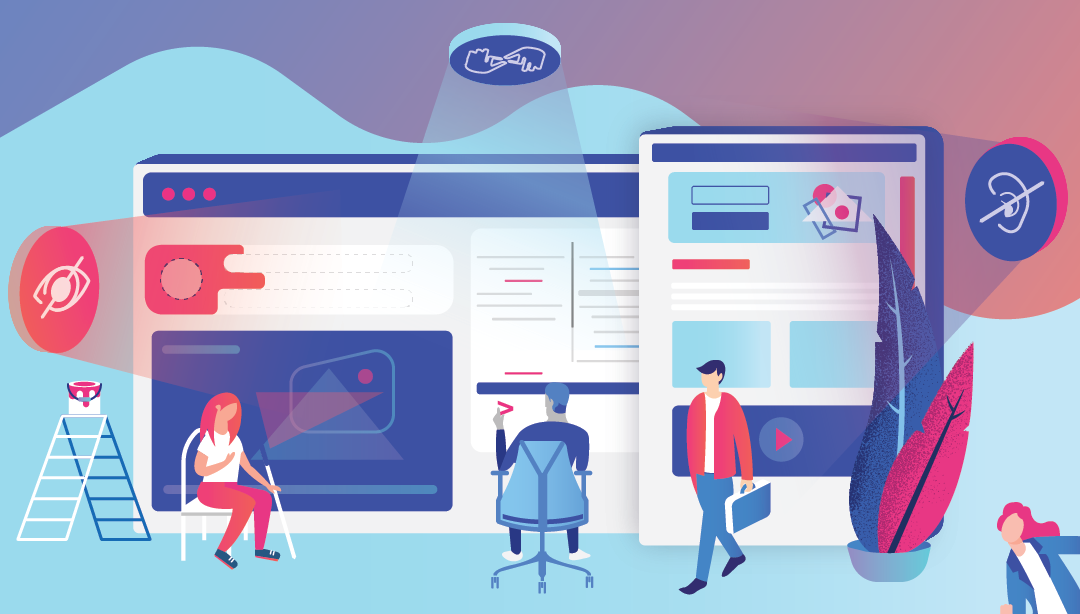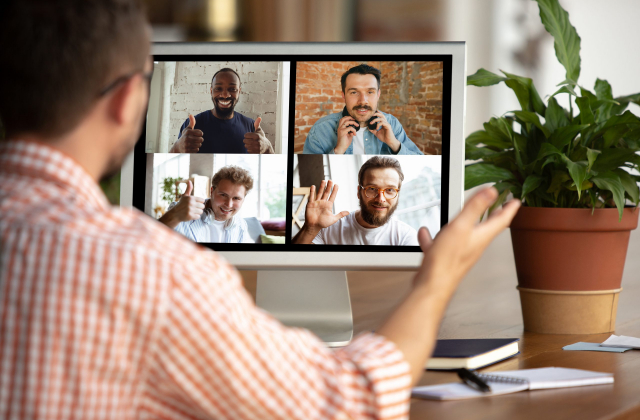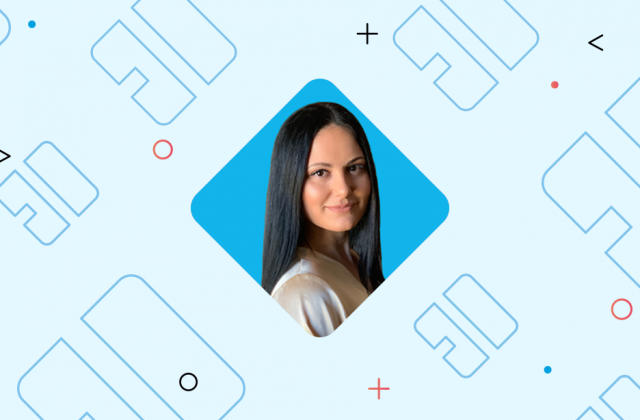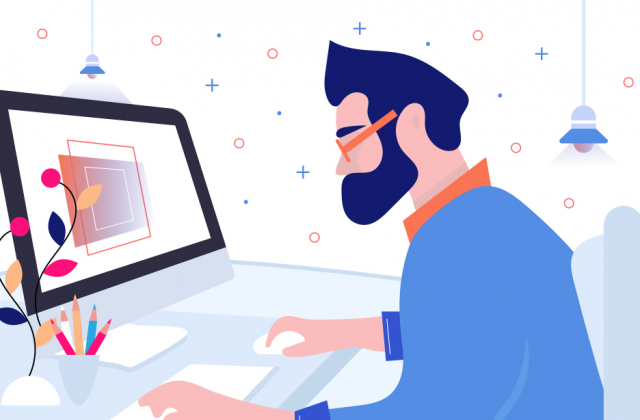Accessibility on websites or accessible design does not only addresses the needs of a certain group. This is one of the misconceptions. Why do we need an accessible design?
We could all be disabled in many different circumstances. When you found yourself in the dark, every move is risky. When you break your arm, you’ll be unable to write. People are changing their abilities as they are growing older as well. The truth is that there are many limitations we can experience in different ways.
An Accessible Design Is Designing For All
Our phones allow hands-free recording and filming, vocal commands, and navigation which can cover user’s preference or disability. So, they are designed to deal with different accessibility issues.
Apple has gone a step further. They developed a sort of haptic technology on the iPhone, iPads and Apple Watches. This technology recreates the sense of touch by applying vibrations to the user.
Moreover, they developed a Live Listen that enhances the iPhone hearing aids and AirPods. Now, people with hearing difficulties are able to hear clearly and isolate certain sounds or voices.
For Whom Is Accessible Design?
Imagine the unpleasant situation when those who are completely dependent on the way how you format text, choose colors or upload a transcript to a video cannot receive the message accordingly.
There are one billion people (15%) in the world that have some sort of disability. Between 110-190 million people experience significant disabilities.
About 7.6 million people have hearing difficulties including 1.1 million whose difficulty was severe. About 5.6 million people use a hearing aid.
So, the accessible design has to cover a wide range of specific needs, including:
- Visual: Enabling users with long-sightedness, blindness or colour blindness
- Mobility: Enabling users that can’t use their hands or arms
- Auditory: Enabling users with hearing problems, including those with complete deafness
- Sensitivity: Enabling users sensitive on light, colours or motion including those with photosensitive epilepsy
- Learning: Enabling users with cognitive difficulties
For many with visual disabilities, a screen reader is a solution. It is a software that is integrated directly into a computer’s operating system. Moreover, it can work properly only if we follow certain rules of accessible design.
Technically, the screen reader converts text to speech and provides a computerized voice over that scans and reads web pages for the user. Simply put, if the screen reader can’t scan the website, it is not accessible.
Where Is Accessible Design Today?
A recent Microsoft study has predicted that accessibility will become mainstream. Microsoft itself is a perfect example of how accessibility can be a significant part of inclusive design.
“People of all abilities are considered while the product is still a concept. This results in purposeful engineering of products that are broadly designed to be accessible to everyone,’’ says Microsoft’s CEO Satya Nadella.
Nadella is ensured that many companies will follow their example and that accessibility shouldn’t be a barrier of any kind. He speaks of it as a chance to enhance any kind of product, including websites.
Even though the accessible design is present for almost 20 years, accessibility on the web is simply not so attractive.
Let’s take a closer look at what accessible design is and why web accessibility has to be important for any web project.
Inclusive or Accessible, which one is correct?
You may have heard the terms “design for disabilities” or “design without barriers”. A group of authors that published a book Design for Inclusivity uses the term inclusive design describing it as:
‘a general approach to designing in which designers ensure that their products and services address the needs of the widest possible audience, irrespective of age or ability’.
So, the term inclusive design is more appropriate as it covers a wide range of specifications, including fitting the web for everyone. There are many designers, including those from Microsoft, and many others who understand the term inclusive design differently and describe it more precisely. They see it as a method, a way of thinking.
“The inclusive design doesn’t mean you’re designing one thing for all people. You’re designing a diversity of ways to participate so that everyone has a sense of belonging, said Susan Goltsman, an inclusive design leader.
Accessibility on the other hand, according to Microsoft’s designers, presents a set of qualities, the one experience open to all, a foundation for many inclusive solutions. It has grown out of laws and regulations to prevent discrimination among people.
In its essence, accessibility design enables the integration of everyone into mainstream society.
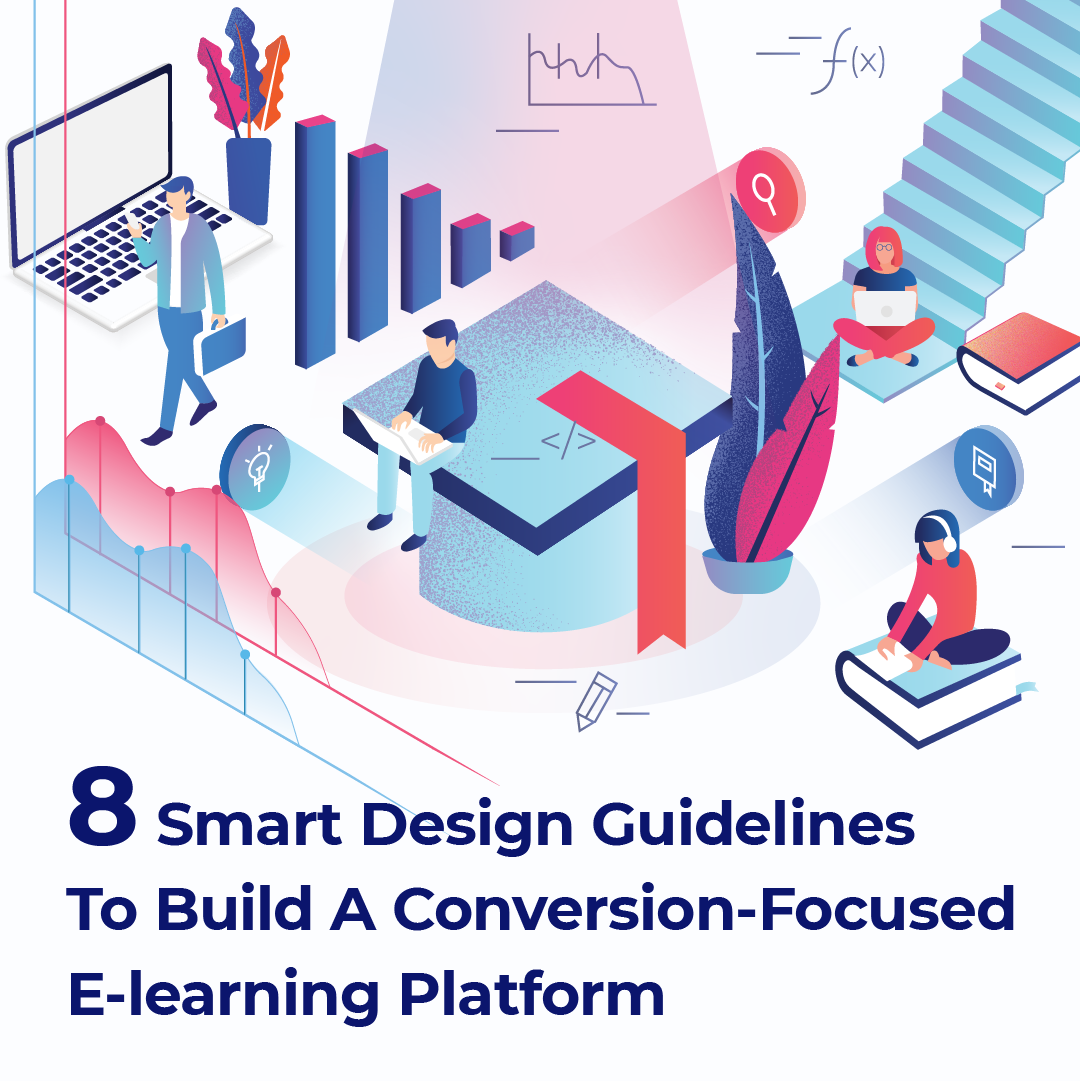
Therefore, ideally, accessible and inclusive design work together to make experiences that are not only compliant with standards and law regulations but truly usable and open to all.
In other words, you may be legally obliged to ensure that your video files have captions so the impaired auditory could use it, but within you will also accommodate the people who would rather read than watch.
How Accessible Design benefits your business
In a digital world, web accessibility refers to a design and content that can be used by a wide range of people, including those that have certain disabilities, which covers people with visual, motor, auditory, speech, or cognitive disabilities.
Designing a website that meets the requirements for accessibility doesn’t necessarily mean adding extra work, nor lack of creativity compared to the ‘regular’ web development.
On the contrary, websites empowered with accessible design can reach a bigger audience. They have better search results, they are SEO friendly, thus they have better usability. In other words, accessibility can only bring more benefits to your business. At the same time, you can have a highly inaccessible website that could significantly diminish its usability and overall impression.
Make way for website accessibility
We have the power to sculpt the technology that can be useful to everyone. We can make people equal regardless of their abilities, economic situation, age, education, or geographic location.
The implementation of the accessibility will go a long way, and now is a moment to open your pages to everyone. A little consideration and awareness are all that is needed.

